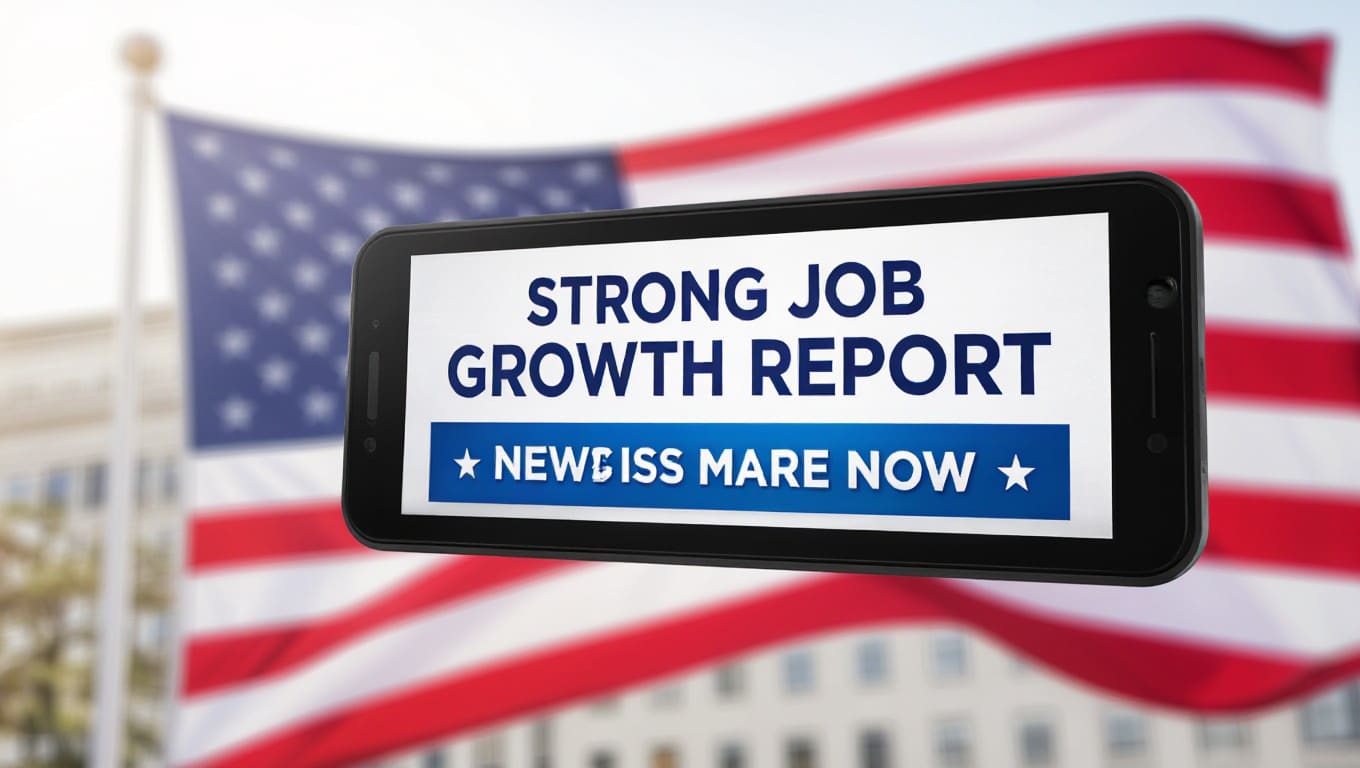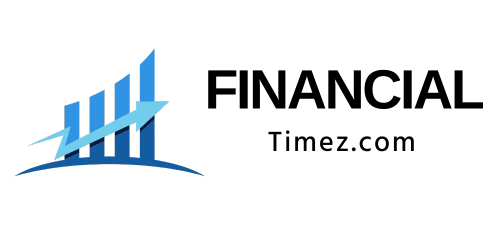Unpacking Job Growth: June’s Unexpected Gains
The 147,000 jobs added in June mask an uneven landscape, with the bulk of growth concentrated in health care (+58,600), leisure and hospitality (+20,000), and what appears to be an artificial surge of +80,000 in state and local government jobs. Excluding these public sector gains, private businesses generated just 74,000 new jobs—the smallest monthly increase since October 2024. Moreover, private payrolls outside healthcare and education rose by only 23,000, well below the 50,000 monthly average over the past year, signaling a labor market grappling with tariff fears and tighter monetary policy that continue to weigh heavily on hiring.
Sector-Specific Insights: Who’s Hiring and Who’s Not
The job gains in June are clearly concentrated in just a few sectors, leaving much of the labor market showing little momentum. Health care and leisure industries are picking up most of the slack, while private sector hiring outside these areas remains sluggish. You’ll notice government employment skewed the headline numbers, masking softer private-sector growth that highlights ongoing economic headwinds and raises questions about the durability of these job increases.
Dominant Growth in Health Care and Hospitality
Health care led June’s hiring surge with 58,600 new jobs, reflecting both strong demand for services and ongoing expansion in hospitals and outpatient facilities. Leisure and hospitality added another 20,000 jobs, boosted by seasonal factors and consumer spending resilience. These sectors continue to provide critical employment, buoying the overall total despite weakness elsewhere in the economy.
The Anomalies in State and Local Government Employment
State and local government jobs jumped by a surprising 80,000, an increase that experts warn is likely “artificial” due to seasonal adjustment quirks in the data. This spike partially offsets a federal loss of 7,000 jobs, but the surge doesn’t necessarily represent genuine hiring and instead highlights how statistical smoothing can distort the headline figures.

The Impact of Tariffs and Trade Policies on Employment
The ongoing tariffs and trade restrictions have introduced layers of complexity to the labor market. While headline job gains look solid, deeper analysis reveals that uncertainty surrounding trade policies has weighed heavily on private sector hiring,</strong especially outside healthcare and education. The pace of job growth in these sectors slowed to just 23,000 in June, markedly underperforming the 12-month average. These dynamics reflect how tariffs and trade tensions can indirectly chill labor demand, causing businesses to hesitate before expanding payrolls amid unpredictable cost and supply chain pressures.
How Trump’s Tariffs Are Influencing Labor Demand
The broad imposition of tariffs has created a “tariff tax hike” that businesses must absorb or pass on to consumers, squeezing profit margins and dampening hiring enthusiasm. Many companies, especially in manufacturing and trade-sensitive industries, are delaying or trimming workforce expansions as they grapple with rising input costs and retaliatory tariffs abroad. This uncertain environment has contributed to the slow private payroll growth, signaling that while jobs are being added, tariff-related costs are a significant drag on labor demand across multiple sectors.
Monetary Policy’s Role in Hiring Decisions
Higher interest rates, part of a restrictive monetary policy stance aimed at taming inflation, have tightened financial conditions, making borrowing more expensive for businesses. As a result, many firms are more cautious in issuing new hires, opting instead to maintain existing staff without expanding. This dynamic partly explains why private sector job gains outside public sectors hovered near decade lows despite steady demand.
Elevated borrowing costs stemming from recent Federal Reserve rate hikes have directly impacted companies’ capital expenditures and operational budgets. Firms facing higher debt servicing costs often respond by slowing recruitment or freezing hiring altogether, particularly in capital-intensive industries. For example, manufacturers and construction companies—sectors sensitive to interest rates—have demonstrated more restrained employment growth. This constrained hiring environment is a key reason why overall private payroll gains, especially excluding healthcare and education, fell well below the 50,000 monthly average seen over the past year. Consequently, you can expect labor market growth to remain subdued so long as monetary policy maintains a restrictive stance.
Analyzing Labor Market Disparities
June’s job growth figures conceal persistent inequalities across demographic and sector lines. While certain fields like healthcare and government saw robust gains, private sector growth outside these areas remained weak, adding just 74,000 jobs—the smallest since October 2024. The labor market’s uneven recovery means you need to consider how these differences affect opportunities for various groups, especially given the ongoing impact of policy shifts and trade uncertainties. Understanding disparities helps you grasp the full picture beyond headline numbers, highlighting which workers and industries are truly gaining ground.
The Rising Unemployment Rate Among Black Workers
The unemployment rate for Black workers jumped by 0.8 percentage points to 6.8%, its highest level since January 2022. This surge signals that despite the overall decline in unemployment, economic challenges remain acute for Black communities. Historically, increases in Black unemployment have foreshadowed broader economic weakness, underscoring the need to watch these shifts closely as they may reflect deeper labor market stress invisible in aggregate data.
Labor Force Participation: Trends and Implications
The labor force participation rate edged downward in June, suggesting fewer people are actively seeking work despite job gains. This decline can mask lingering discouragement and signal slack in the labor market, meaning you might not see the true extent of available workers reflected in unemployment figures. Shifts in participation shape how you interpret employment data and indicate potential challenges ahead in mobilizing a fully engaged workforce.

Economic Indicators: A Closer Look at Jobless Claims
Jobless claims data provide a valuable real-time window into the labor market’s pulse. While June’s headline jobs figures showed steady gains, weekly claims tell a more nuanced story. Initial claims dropped slightly to 233,000 for the week ending June 28, suggesting layoffs haven’t surged. Yet, continuing claims remain stubbornly high, near a three-and-a-half-year peak at 1.964 million, indicating many unemployed workers are struggling to find new jobs. These dynamics reveal underlying frictions that the monthly payroll numbers alone don’t fully capture.
Understanding Initial and Continuing Claims Data
Initial claims track people filing for unemployment benefits for the first time, often signaling fresh layoffs. A dip to 233,000 claims suggests less immediate hiring cutbacks. Meanwhile, continuing claims count individuals who have already been collecting benefits for at least a week, so high levels near 1.964 million point to prolonged unemployment spells and challenges in securing re-employment.
What Claims Trends Reveal About Job Market Health
The steady initial claims paired with elevated continuing claims expose a labor market under strain. While layoffs are not escalating sharply, the difficulty in moving unemployed workers back into jobs signals slowdown in hiring momentum. You can see this reflected in private sector job gains dropping to their slowest since October 2024, underlining that demand for labor outside health care and education is weakening.
This gap between low fresh layoffs and sustained high continuing claims suggests you may encounter longer unemployment durations despite modest job market churn. Essentially, employers are cautious, holding existing staff but hesitant to expand payrolls, which is consistent with mounting economic uncertainties from tariffs and restrictive policies. Thus, claims trends hint at a less resilient labor market than headline job additions might imply.
Navigating Uncertainty in the Labor Market
Job gains in June offer a mixed picture that you can’t ignore, as economic uncertainty and trade tensions cast long shadows. Despite an overall increase of 147,000 jobs, growth remains uneven and concentrated in a few sectors, leaving many areas struggling to gain traction. You’ll notice private-sector hiring outside healthcare and education has significantly cooled, reflecting the combined impact of tariffs and tighter monetary policy. While headline numbers suggest resilience, deeper inspection reveals underlying weakness that demands careful attention going forward.
The Low Churn Cycle: Worker Retention Trends
Labor market churn has slowed dramatically, with hiring activity near decade lows and workers less inclined to quit their jobs. You can attribute this to increased uncertainty, where employees prefer job security and employers hold on tightly to their current workforce. Meanwhile, layoff activity has not risen sharply; first-time unemployment claims recently declined slightly to 233,000. This low churn environment limits fresh hiring opportunities and creates a labor market of stability tinged with caution.
Signs of Resilience Amid Economic Challenges
Despite constraints, certain sectors show notable strength, signaling pockets of resilience. Health care added 58,600 jobs and leisure and hospitality contributed another 20,000 in June. Stocks responded positively, with the S&P 500 up 0.4% and Nasdaq gaining 0.6%, reflecting investor optimism. You can view these bright spots as beacons amid broader labor market softness, where specific industries manage to weather trade-related headwinds and still expand.
Healthcare’s robust job additions reflect sustained demand for services, somewhat insulating it from trade uncertainties affecting other sectors. Leisure and hospitality’s growth points to continued consumer spending, even as worries mount. Furthermore, the positive market reaction suggests that investors see these sectoral gains as signs the overall economy may still navigate around potential downturns. For your perspective, recognizing these pockets of strength helps balance the broader caution presented by sluggish private-sector hiring and volatile unemployment rates, particularly among Black workers, whose unemployment recently surged to 6.8%.
Summing up
The US economy added a stronger-than-expected 147,000 jobs in June, while the unemployment rate fell to 4.1%. You can see that despite solid overall gains, job growth remains uneven, with most increases in healthcare, leisure, and government sectors. Your private sector hiring faces challenges due to tariffs and economic uncertainty, reflected in a slowdown in broader payroll gains. Additionally, labor force participation has dipped, and unemployment for Black workers has risen. These factors indicate underlying weaknesses even as the job market maintains overall strength, affecting how you may view current economic conditions and labor trends.

